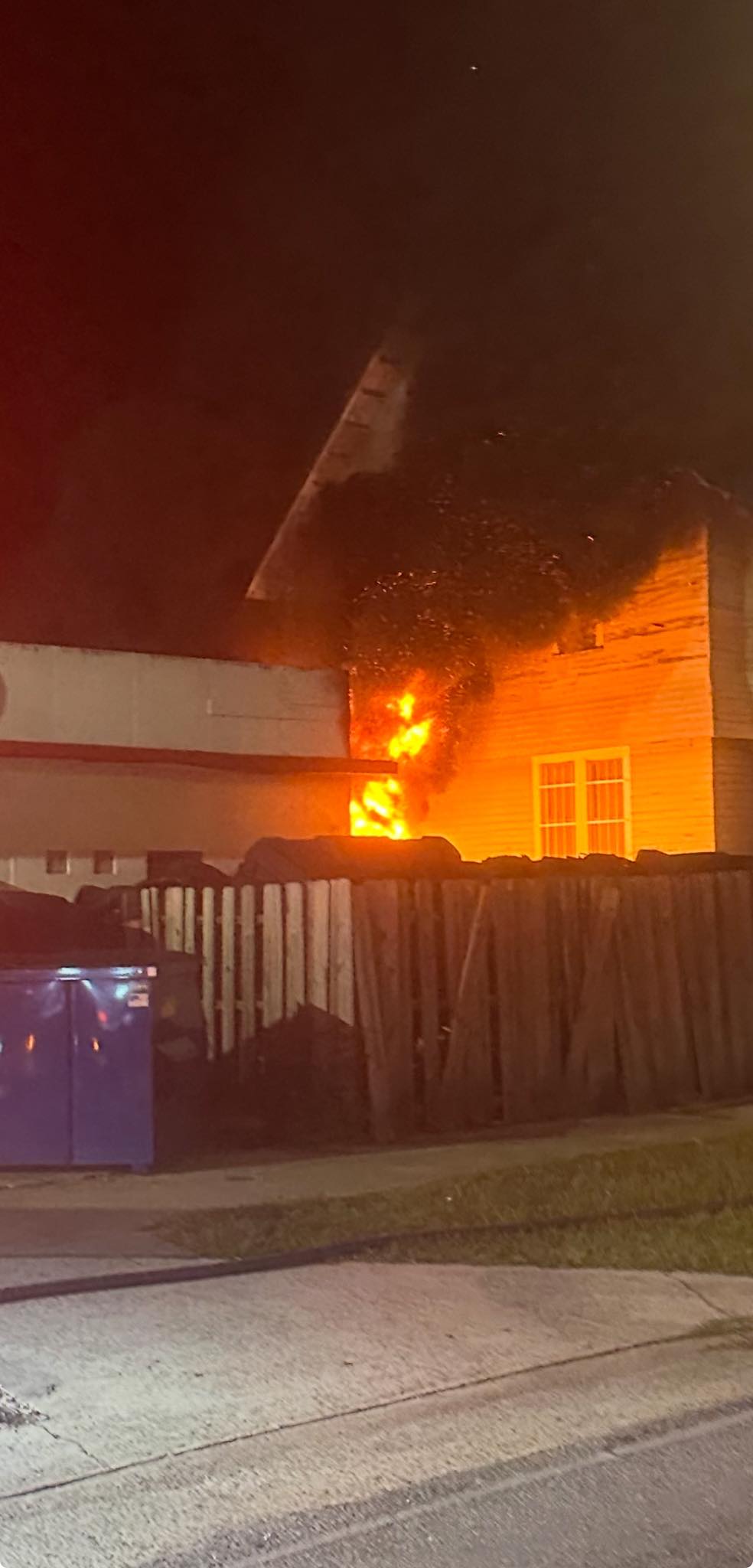HOPE program tightening rules, cutting back payouts
Published 11:00 am Sunday, July 1, 2012

- The City Council of Valdosta voted Thursday to sign a contract with the Georgia Department of Transportation that will net the city payments of $3,500 in state funds per mile, doled out in equal monthly payments over the next year to pay for the maintenance of 26.58 miles of state roadway within the city limits.
HOPE (Helping Outstanding Pupils Educationally) scholarship is the largest merit based scholarship in the country. Created in 1993 under the supervision of former Georgia Gov. Zell Miller and administered by the Georgia Student Finance Commission (GSFC), HOPE was highly acclaimed as it aimed to make higher education affordable for Georgia families, not through additional taxation but through revenue created by the Georgia Lottery. However, in recent years, HOPE appears to serve less of the purpose it was initially intended for.
Trending
Times where HOPE covered 100 percent of tuition costs seem mythical to many. In March of 2011, Georgia Gov. Nathan Deal signed changes to the scholarship program into law as it was argued that HOPE would run dry unless drastic changes were made.
“The program would spend more money than it was taking in,” said Tracy Ireland, Vice President of the GSFC.
With the cost of college steadily rising, the
scholarship will gradually cover less and less, forcing students and families to shoulder more of the expense. Changes included:
1. GPA Requirements – Students had been eligible for HOPE if they graduated from high school with a 3.0 GPA and maintained it in college. Under the new rules, students who graduated with a 3.7 GPA or as the valedictorian or salutatorian of their high school class would get 100 percent of tuition covered under a new program called the Zell Miller Scholarship. They will also need a 1200 SAT Math/Reading score or a 26 on the ACT. Zell Miller scholars must maintain a 3.5 GPA in college as well. Students who graduate high school and keep a 3.0 to 3.69 GPA in college will be eligible for 87 percent of what tuition was in 2010. Technical college students will now have to maintain a 3.0 GPA as well, something not previously required.
2. Funding – Scholarship funding was previously tied to tuition increases. From now on, funding will be tied to lottery revenue. This means if tuition costs rise (which they have and will continue to do) the percentage that HOPE covers will go down.
Trending
3. Private College Cuts – Private Georgia college students with the highest GPA’s will receive $4,000, while lower GPA students will receive $3,600.
4. Remedial Classes – Remedial classes will only be eligible for HOPE at Georgia technical colleges rather than all schools as they had been.
5. Books and Fees – Mandatory fees and textbooks will no longer be covered.
6. Regaining HOPE – In the past, there was no limit to how many times a student can regain HOPE scholarship after losing it due to low GPA. Under the new program, students can only regain the scholarship once.
7. Additional Guidelines – Current college students will have to earn HOPE under the new guidelines; they will not be grandfathered into the old program. Also, there is now a time restriction on the scholarship. Students must attend an institution of higher learning within seven years of graduating high school to be eligible for the scholarship.
According to Ireland, if the lottery revenue doesn’t change, more drastic cuts to the program are projected to be made.
“Right now … by 2015 or 2016 HOPE would cover half of tuition,” said Ireland.
So what went wrong? More students were succeeding and thus more students were going to college. Essentially, the state was doing too well. According to the GSFC, in fiscal year 1993-1994, 42,796 students received HOPE at a total cost of $21.4 million. In fiscal year 2011-2012, the number of students receiving HOPE rose to 202,682 at a total payout of $460.3 million.
“The number of students was rising . . . and tuition was rising,” said Ireland.
With over a $439 million leap from 1993 to 2012, the program was failing to keep up with the progress.
“The changes . . . made the program live within the money the lottery brought in,” said Ireland.
According to an April 2012 article published by the Atlanta Journal Constitution, the changes made to HOPE have already created a negative impact. Enrollment in technical colleges in Georgia has dropped by more than 12,000 students as nearly 75 percent of the system’s students received HOPE. The University System of Georgia also saw a drop in enrollment as nearly one-third of the system’s students received the scholarship.
While many families and students have felt the effects of the changes, Deal continues to take the position that the scholarship is “unparalleled” and keeps college affordable.
In a piece by Hugh Hudson, chair of the Department of History at Georgia State University, it was shown that HOPE was not altering who attended college, meaning, those who were able to retain HOPE already had the financial resources to attend college in the first place and would have done so without the scholarship. The reforms prevented students who lost HOPE to regain it through hard work; they set a time limit and in addition set a limit to the number of college credits it would cover which prevented low-income students who must work their way through college from being able to complete their degree. When remedial classes were removed, it took HOPE away from students who were not fortunate enough to have attended the proper high school that would have prepared them properly for college. In essence, rather than providing “HOPE” to many Georgia students, hope was instead turned to irony as the scholarship has become highly unattainable for many.
Despite the drastic changes, the GSFC still maintains that HOPE scholarship is alive and well and is still serving its intended purpose and, in comparison to other states, is still very generous.
“The programs are stable,” said Ireland. “The program is on solid footing.”
A report by the Project on Student Debt found that Georgia’s class of 2010 college graduates owed an average of nearly $19,000 in loans. Even in light of the HOPE scholarship, fees, food plans and room and board (which are not covered by HOPE) can easily exceed more than $10,000 annually. While it may be argued that college is a privilege, in recent years a degree has become almost a necessity. More than half of the new jobs created over the next decade will require education beyond high school.
“Sixty percent of the jobs will require some form of post secondary education or degree,” said Interim President of Valdosta State University Dr. Louis Levy.
It is because of the “student loan crisis” and the cuts to HOPE that schools such as VSU and Wiregrass Georgia Technical College are developing programs to assist the financial needs of their students.
“We need to look for opportunities to help people complete their degree,” said Levy.
VSU actively tries to raise money to provide scholarships and stipends to qualified students as well as give job opportunities to students while they work through school, something clearly evident to anyone present on campus.
“Our hope is to get students through school as quickly as possible,” said Levy.
VSU has also developed more online courses and actively works with military personnel allowing them to complete courses even while deployed.
“We’re trying to be proactive,” said Levy.
Wiregrass has taken a proactive stance as well by announcing in early June that they will begin offering student loans for certain academic programs.
“In an effort to make a college education more attainable,” the press release stated.
Already, tuition per credit hour at Wiregrass is the lowest of any two-year institution in the area at just $75 per credit hour. A student taking 12 credit hours per semester would pay only $1,051 per semester in tuition and fees for most of the programs offered.
While institutions of higher learning are working diligently to alleviate the financial burden of many students, ultimately, the responsibility and the debt fall on the student. The economic crisis in combination with the declined employment rate has adversely affected higher education in that full-time jobs are few and far in between and student loan debt payments become more difficult to make.
Georgia students may not be completely HOPE-less in the future, but there is less assistance available to them today than when the program began.
For more on this story and other local news, subscribe to The Valdosta Daily Times e-Edition, or our print edition.





